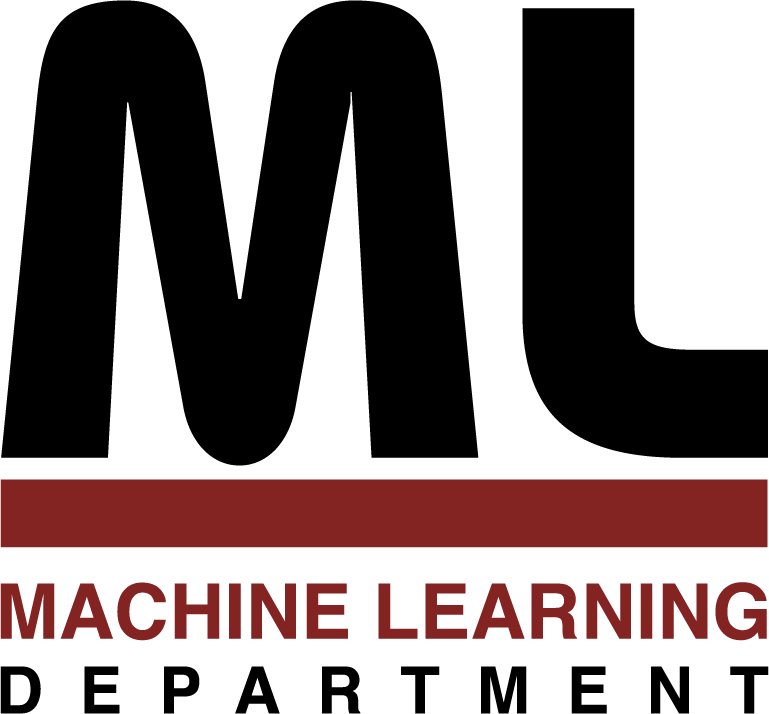
Machine Learning Department
School of Computer Science, Carnegie Mellon University
Corpora and Cognition: The Semantic Composition
of Adjectives and Nouns in the Human Brain
Alona Fyshe
February 2015
Ph.D. Thesis
This thesis is supported by three experiments. Firstly, we extend a matrix factorization algorithm to learn an interpretable semantic space that respects the composition of words into noun phrases. We use the interpretability of the model to explore semantic composition as captured in the statistics of word usage in a large text corpus. Secondly, we build a joint model of semantics in corpora and the brain, which fuses brain imaging data with corpus data into one model of semantics. When compared to models that use only a single data source, we find that this joint model excels at a variety of tasks, from matching human judgements of semantics to predicting words from brain activity.
Thirdly, we explore semantic composition in the brain through a new brain image dataset, collected with Magnetoencephalography while subjects read adjective-noun phrases. We learn several functions of the brain data that are capable of predicting semantic properties of the adjective, noun, and phrase. From the performance of these functions, we build a theory for the semantic composition of adjective noun phrases in the brain. This thesis asks a fundamentally different question than those asked in previous studies of adjective noun composition: where in the brain and when in time is phrasal meaning located? The answer to this question paints a unique picture of composition in the brain that is congruent with previous findings, but also sheds new light onto the neural processes governing semantic composition.
Together, these contributions show that brain imaging data and corpus data can be used in concert to build better models of semantics. These more successful models provide a new understanding semantic composition, both in the brain and in a more abstract sense. Furthermore, this thesis demonstrates how machine learning techniques can be used to analyze and understand complicated data, like the neural activity captured in brain images.
116 pages
Tom M. Mitchell, Head, Machine Learning Department
Tom Mitchell (Chair)
Marcel Just
Byron Yu
Mirella Lapata (University of Edinburgh)
Andrew W. Moore, Dean, School of Computer Science
School of Computer Science